1. Introduction to Poultry Layer Cage
Poultry Layer Cages are specialized enclosures designed for housing laying hens in commercial poultry farming. These cages optimize the space utilization, facilitate easy management of birds, improve egg production efficiency, and enhance biosecurity measures on poultry farms.
The poultry layer cage system has revolutionized the poultry industry by providing a controlled environment that protects hens from predators and diseases, reduces feed waste, and simplifies egg collection and manure management. With increasing demand for high-quality eggs and efficient farming practices, layer cages are widely adopted across the globe.
Modern layer cages come in various designs including single-tier, multi-tier (usually 3-6 tiers), and fully automated systems equipped with feeding, watering, and egg collection mechanisms. These cages are typically made from galvanized steel or stainless steel to ensure durability, corrosion resistance, and easy sanitation.
This comprehensive guide explores the technical parameters, key features, advantages, application scenarios, detailed usage instructions, and frequently asked questions about poultry layer cages, aiding farmers, suppliers, and industry professionals in making informed decisions.
2. Technical Parameters of Poultry Layer Cage
Material | Galvanized Steel / Stainless Steel |
Cage Structure | Wire mesh frame with reinforced supports |
Cage Dimensions | Varies; common sizes: 60-80 cm width, 40-50 cm depth, 40-50 cm height per cage |
Number of Tiers | 1 to 6 tiers, customizable |
Capacity per Cage | 3 to 8 hens per cage, depending on design and size |
Wire Diameter | 1.8 mm to 2.5 mm for cage mesh |
Coating | Hot-dip galvanization or PVC coated |
Feeding System | Manual or automatic feeder trays |
Watering System | Nipple drinkers or troughs |
Egg Collection System | Manual or automatic conveyor belts |
Weight Capacity | Varies by design, typically 10-15 kg per cage |
Accessories | Feeders, drinkers, manure trays, egg belts |
Installation | Modular and stackable system for easy assembly |
3. Features of Poultry Layer Cage
3.1 Efficient Space Utilization
Layer cages are designed to maximize housing density while ensuring adequate space per bird as per animal welfare standards. Multi-tier systems allow vertical stacking, significantly increasing the number of hens per square meter.
3.2 Durable Construction
Constructed from galvanized steel or stainless steel, these cages resist rust and corrosion, ensuring long service life even in humid or corrosive farm environments.
3.3 Easy Maintenance and Cleaning
Smooth wire mesh surfaces and removable manure trays simplify cleaning and sanitation, reducing the risk of disease outbreaks.
3.4 Improved Biosecurity
By housing birds in separate cages, poultry farms reduce direct contact, minimizing the spread of diseases.
3.5 Automated Feeding and Watering
Many systems integrate automated feeders and nipple drinkers, ensuring birds have constant access to feed and clean water while reducing labor costs.
3.6 Efficient Egg Collection
Automatic egg belts or manual collection trays streamline the egg harvesting process, minimizing egg breakage and contamination.
3.7 Manure Management
Manure trays positioned below cages collect droppings, facilitating easy removal and preventing contamination of birds and eggs.
4. Advantages of Using Poultry Layer Cages
4.1 Increased Productivity
Controlled environment and optimized bird density enhance laying performance and feed conversion efficiency.
4.2 Labor Savings
Automation of feeding, watering, and egg collection significantly reduces labor requirements and operational costs.
4.3 Improved Hygiene and Health
Regular cleaning and manure removal, along with isolated bird housing, reduce pathogen spread and improve flock health.
4.4 Better Egg Quality
Reduced contact with droppings and minimal egg handling lead to cleaner, higher-quality eggs.
4.5 Space and Cost Efficiency
Vertical stacking and compact design lower land use and infrastructure costs.
4.6 Ease of Management
Simplified bird monitoring, disease control, and feeding improve overall farm management efficiency.
5. Application Scenarios of Poultry Layer Cage
5.1 Commercial Egg Production Farms
Used extensively in large-scale egg production facilities to optimize production and reduce labor.
5.2 Small to Medium Poultry Farms
Modular designs allow scalability and adaptability for various farm sizes.
5.3 Research and Breeding Facilities
Provide controlled environments to study bird behavior, genetics, and productivity.
5.4 Organic and Conventional Farming
Can be adapted with organic-approved materials and husbandry practices.
5.5 Export Egg Production
High-quality eggs produced in cage systems meet stringent export standards.
6. Usage Instructions for Poultry Layer Cage
6.1 Installation and Setup
Choose an appropriate location with good ventilation and natural lighting.
Assemble cages according to manufacturer instructions; ensure stability and secure tier stacking.
Install feeding and watering systems ensuring accessibility for all birds.
Place manure trays and egg belts appropriately for easy removal.
6.2 Bird Placement and Stocking Density
Follow animal welfare guidelines for space allocation (typically 450-500 cm² per bird).
Introduce healthy pullets gradually to the cages.
Monitor bird behavior for stress or aggression and adjust stocking if necessary.
6.3 Feeding and Watering
Maintain feed quality and supply in automatic feeders or trays.
Check nipple drinkers or water troughs daily to ensure clean water availability.
Clean feeding and watering systems regularly to prevent contamination.
6.4 Cleaning and Maintenance
Remove manure trays daily to maintain hygiene.
Clean cages and surrounding areas weekly or as needed.
Inspect for cage damage or rust and repair promptly.
6.5 Egg Collection
6.6 Health Monitoring
Conduct routine health checks for signs of disease or distress.
Vaccinate birds as per veterinary guidance.
Isolate and treat sick birds promptly.
7. Frequently Asked Questions (FAQs)
Q1: What is the ideal space per layer hen in a cage?
A1: Most guidelines recommend approximately 450-500 cm² (around 70-80 sq. inches) per bird to ensure comfort and welfare.
Q2: Can poultry layer cages be used for other poultry types?
A2: These cages are primarily designed for layer hens but can be adapted for quail or smaller poultry with modifications.
Q3: How long do layer cages typically last?
A3: High-quality galvanized or stainless steel cages can last 10-15 years or more with proper maintenance.
Q4: Are automatic feeding and watering systems necessary?
A4: They are not mandatory but highly recommended for labor savings and consistent feed/water supply.
Q5: How to prevent disease spread in layer cages?
A5: Maintain strict hygiene, separate birds adequately, and conduct regular health monitoring and vaccinations.
Q6: What are the common cage sizes?
A6: Cage sizes vary but typical dimensions are 60-80 cm wide, 40-50 cm deep, and 40-50 cm high per cage unit.
Q7: Can layer cages be stacked?
A7: Yes, multi-tier cage systems stack cages vertically to maximize space.
Q8: How to manage manure effectively?
A8: Use manure trays below cages for daily removal and proper disposal or composting.
Q9: What materials are used in layer cage manufacturing?
A9: Galvanized steel and stainless steel are most common due to their durability and corrosion resistance.
Q10: Is cage farming ethical?
A10: While controversial, modern cages are designed to meet welfare standards, provide adequate space, and ensure bird health. Farmers should follow animal welfare regulations.
8. Conclusion
Poultry Layer Cages represent a cornerstone of modern commercial egg production, combining efficient space use, ease of management, and improved productivity. Their durable construction, integrated feeding and watering systems, and effective manure management contribute to healthier flocks and higher quality egg production.
Farmers adopting poultry layer cages benefit from labor savings, reduced disease risks, and scalable solutions that accommodate farm expansion. While animal welfare considerations remain important, advancements in cage design and management have made layer cages more humane and efficient.
Company Profile
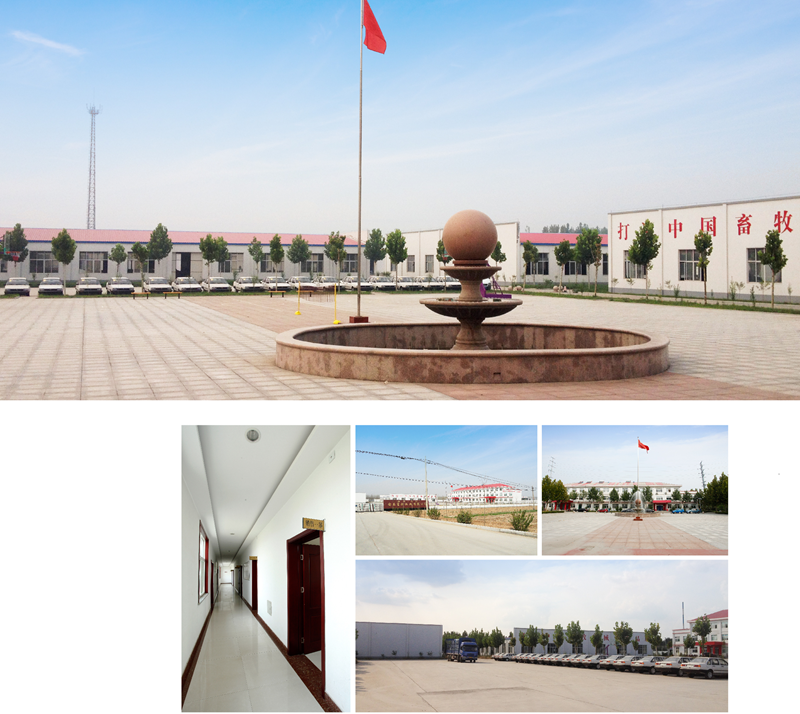
Shandong Huimin Qinle Livestock Machinery Co., Ltd. (formerly Shandong Huimin Qinle Livestock Machinery Factory) is a professional poultry equipment manufacturer with over 20 years of experience. We offer a comprehensive service package, from design (land and chicken coops), production (equipment and prefabricated steel coops), installation, commissioning, customer training, and after-sales service.
Located in Huimin County, Binzhou City, Shandong Province, China, the company has extensive experience in mechanical processing and manufacturing, as well as livestock machinery production and operation. With fixed assets of RMB 15 million, the company employs 160 people, including 30 R&D staff, and occupies a 40,000-square-meter factory. Equipped with over 110 pieces of advanced precision production equipment, including CNC machining centers and laser cutting machines, the company boasts a production capacity of RMB 50 million.
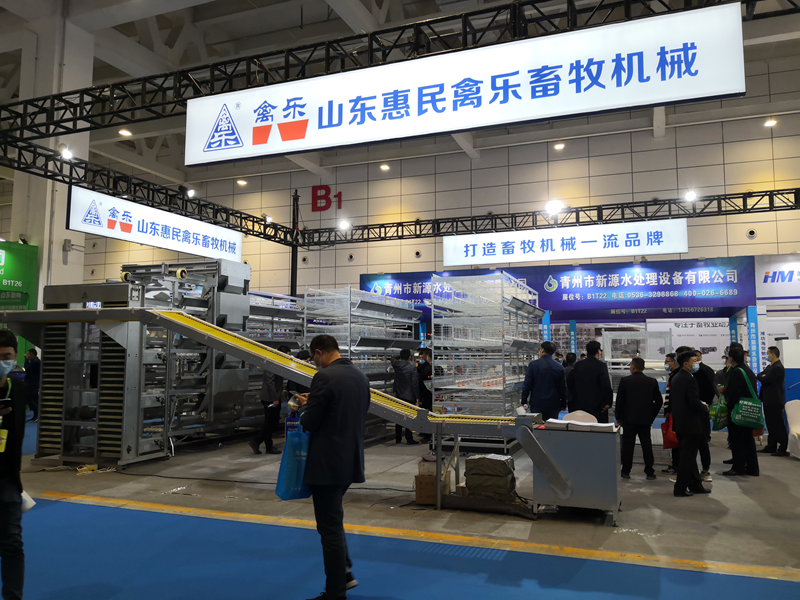


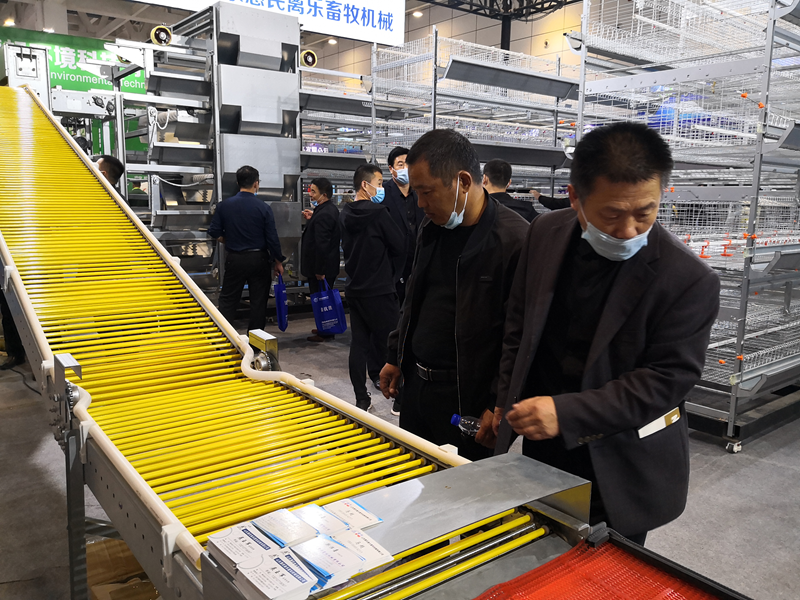
Chicken Farming Equipment Mesh Production Workshop

Machining Workshop

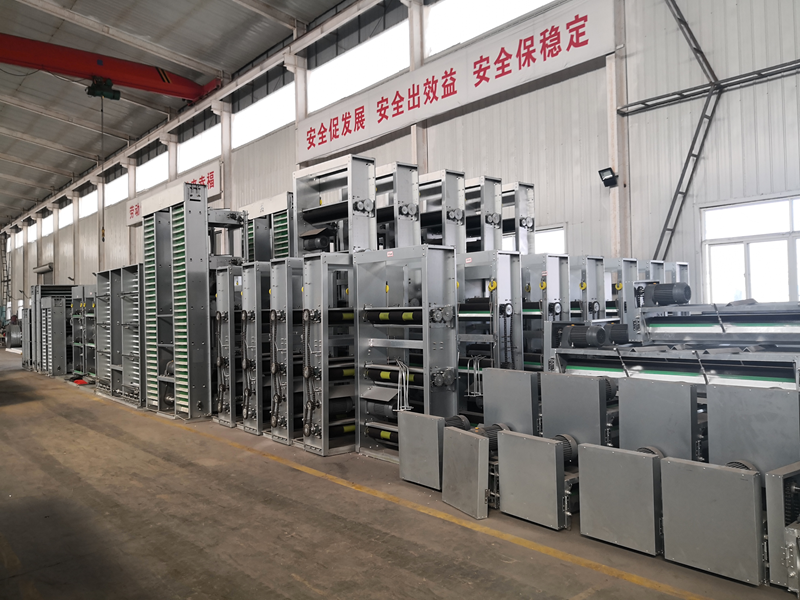
Turret-type CNC Punch Press, Laser Cutting and Other Machining Equipment



Fully Automated Roll Forming Production Line

Hot-dip Galvanizing Production Line

Electroplating Production Line

Environmental Protection Equipment

Chicken Farming Equipment Product Series
Egg-laying Hen Farming Equipment
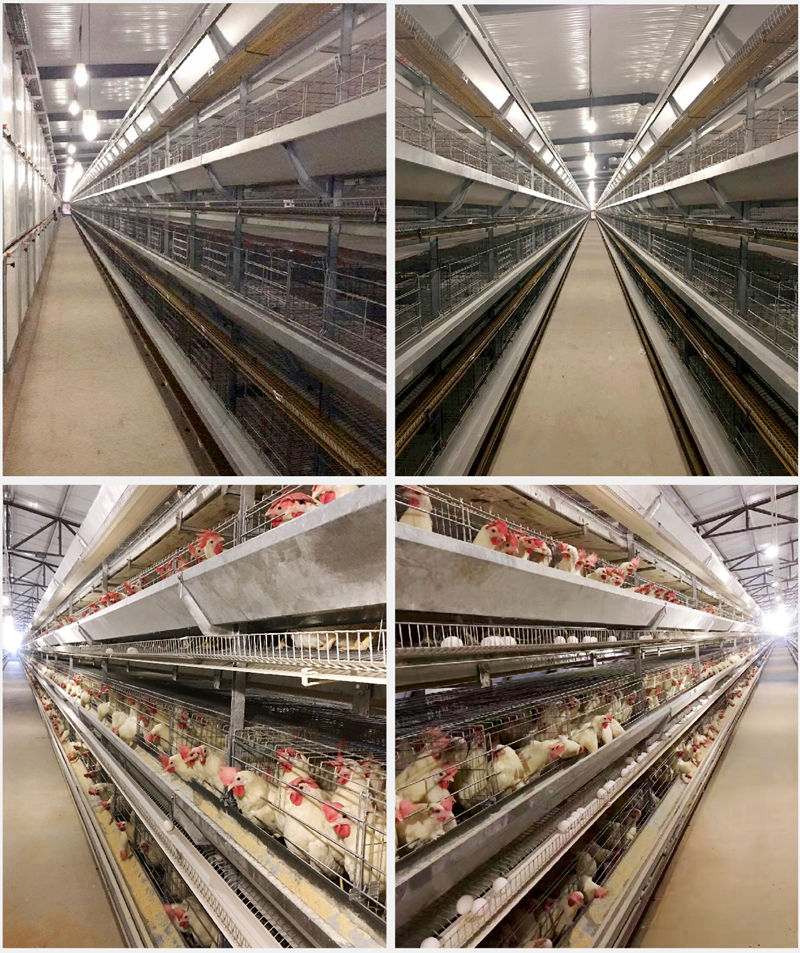
Stacked Brooding Cage Equipment

Stacked Broiler Cage Equipment
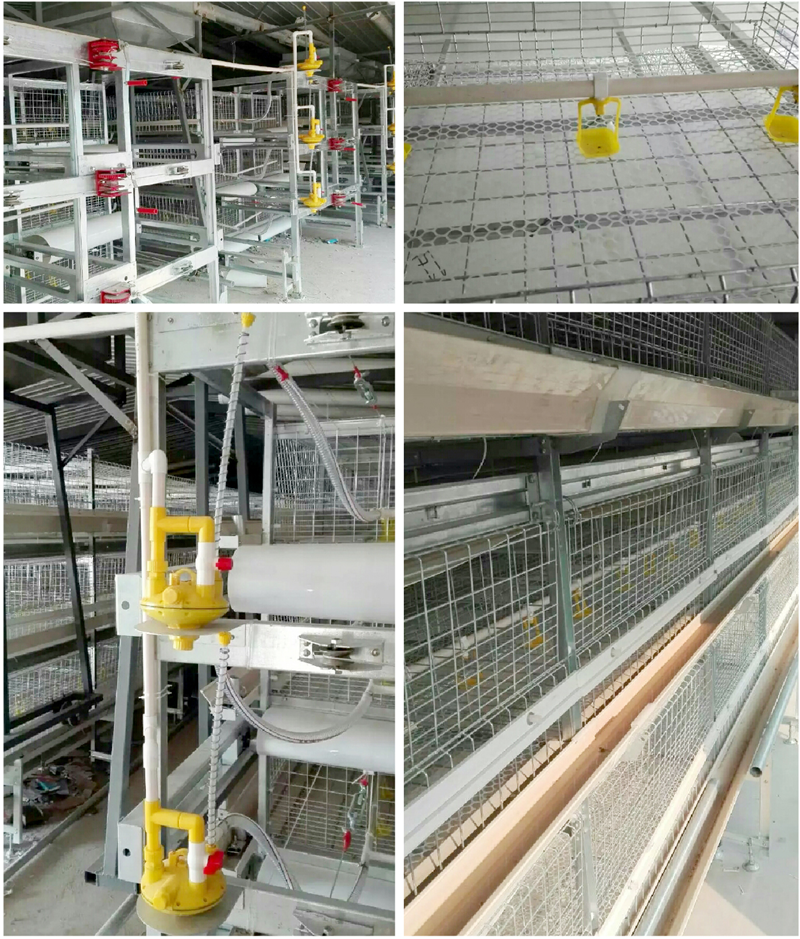
Stepped Layer Hen Cage Rearing Equipment
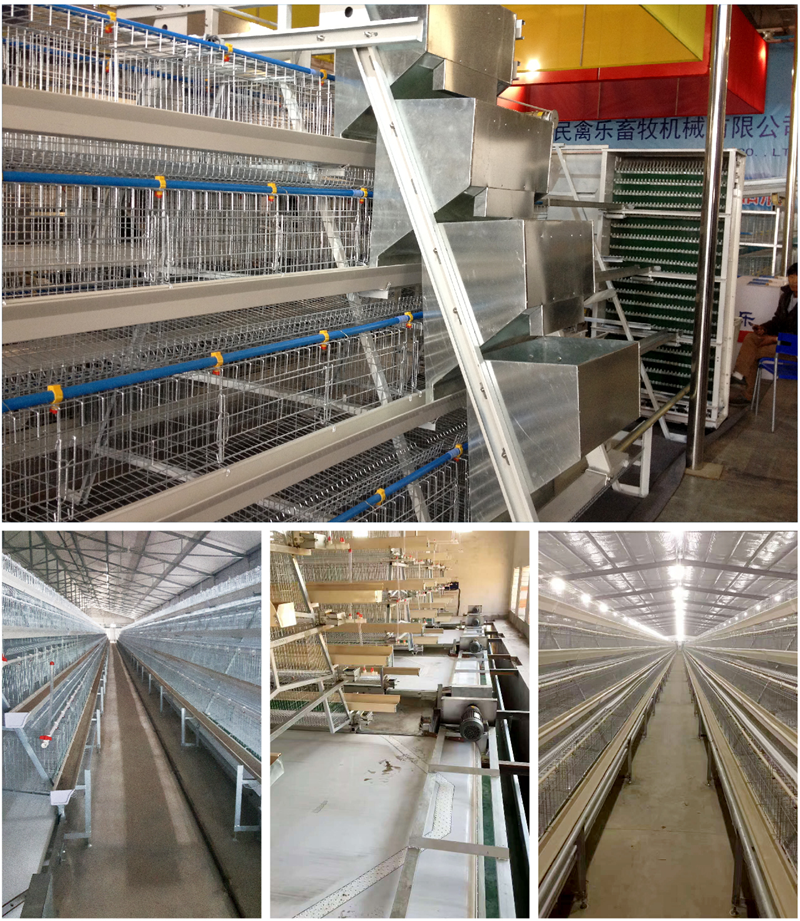
Automatic Egg Collection System

H-type Cage Feeding Machine
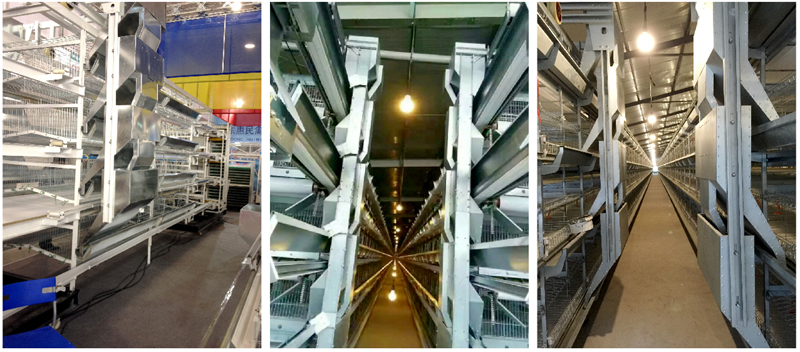
Stepped Cage Straddle Feeder
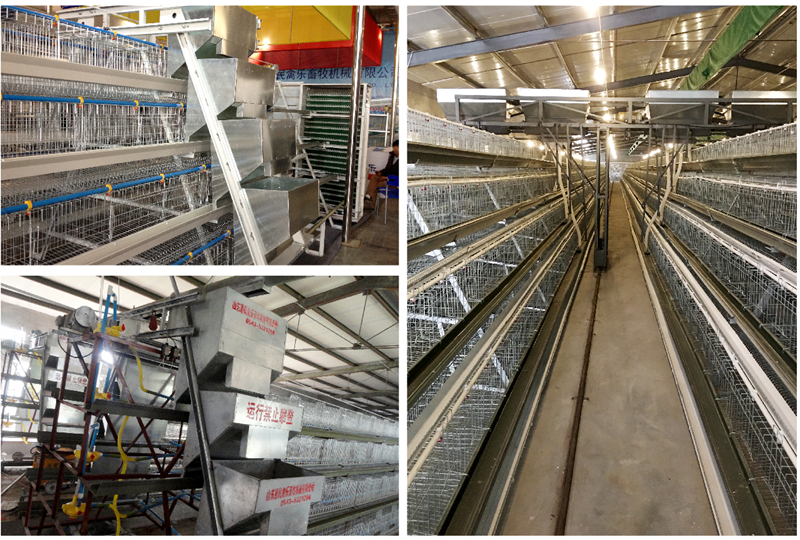
Manure Removal Machine

Fans, Heated Curtains, Environmental Control Systems, and Lighting Equipment
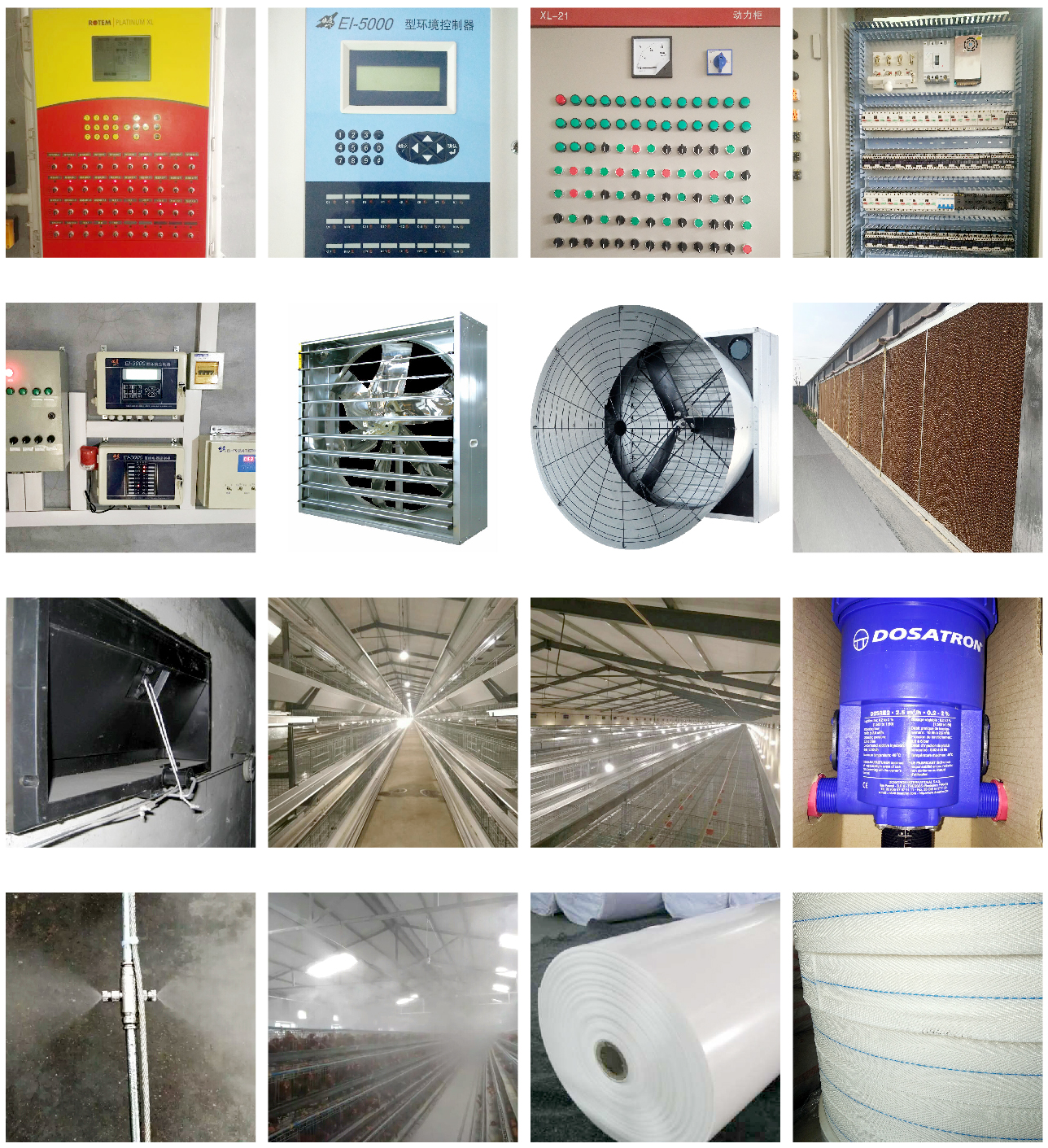
Complete Set of Equipment for Organic Fermentation Treatment of Manure


 Catalogue
Catalogue































 Whatsapp
Whatsapp Телефон
Телефон